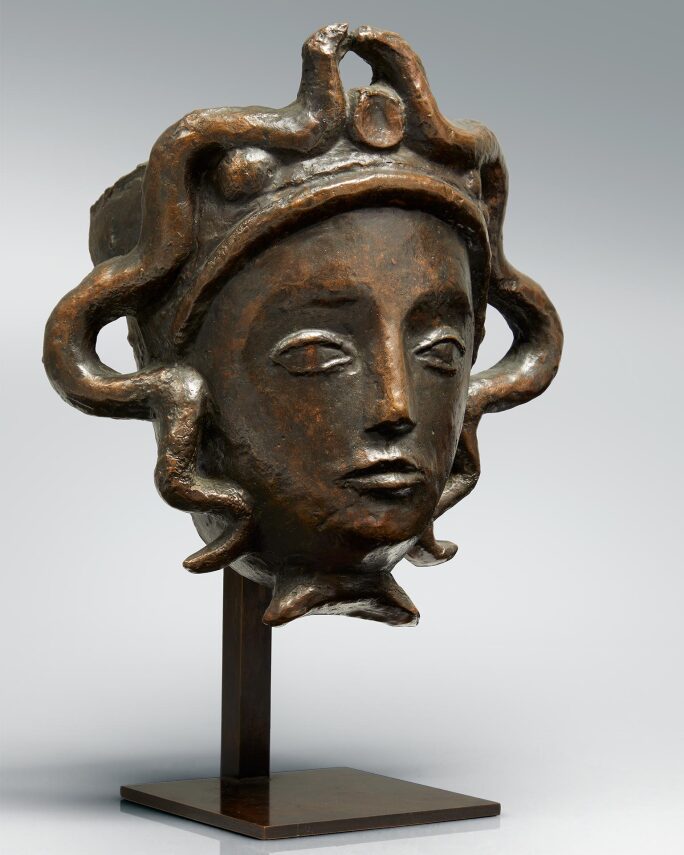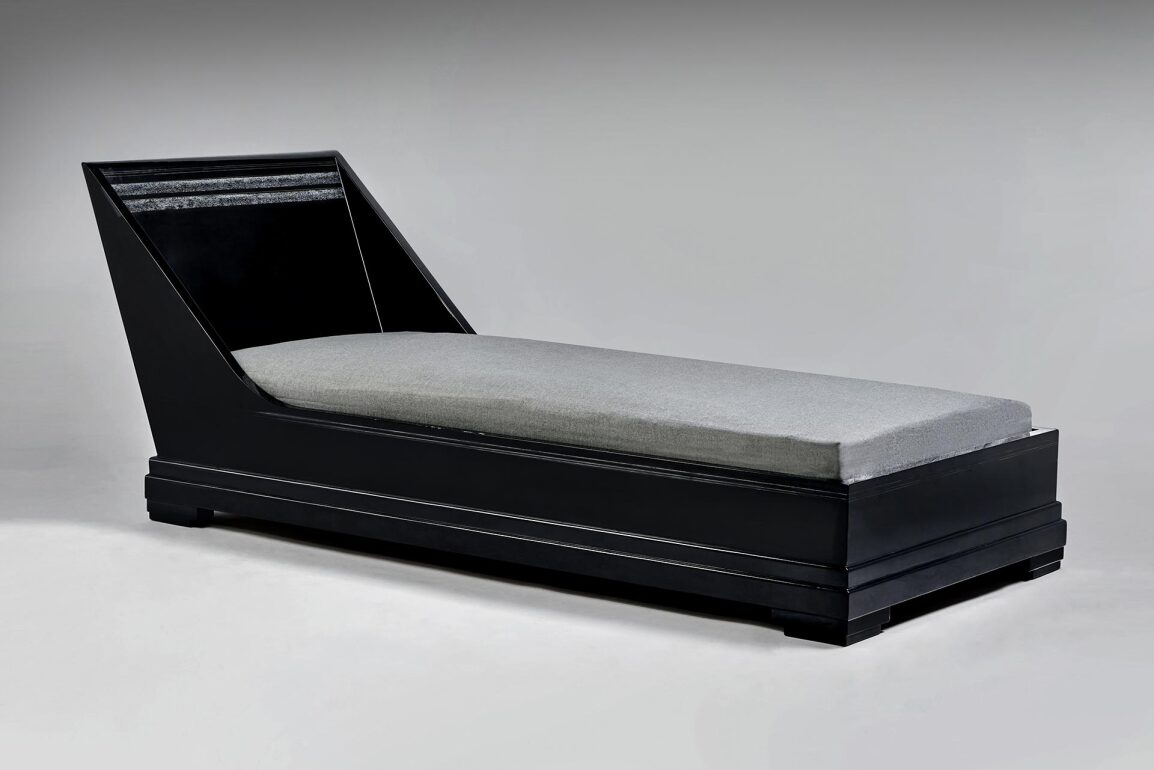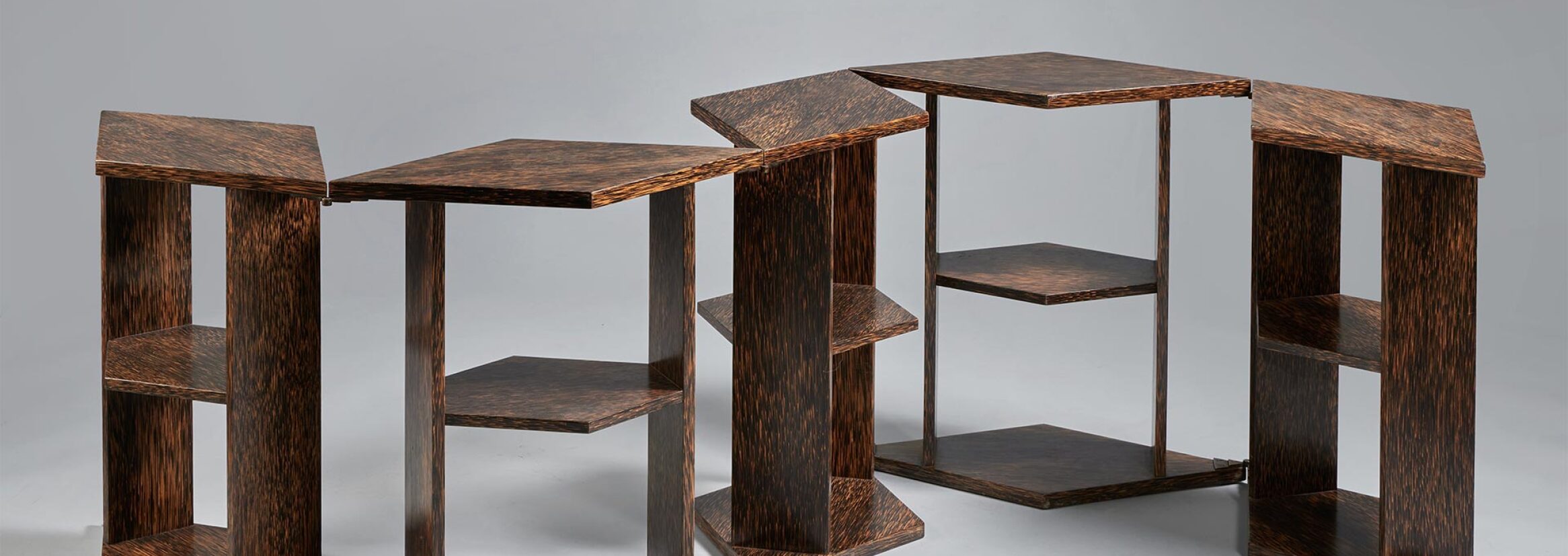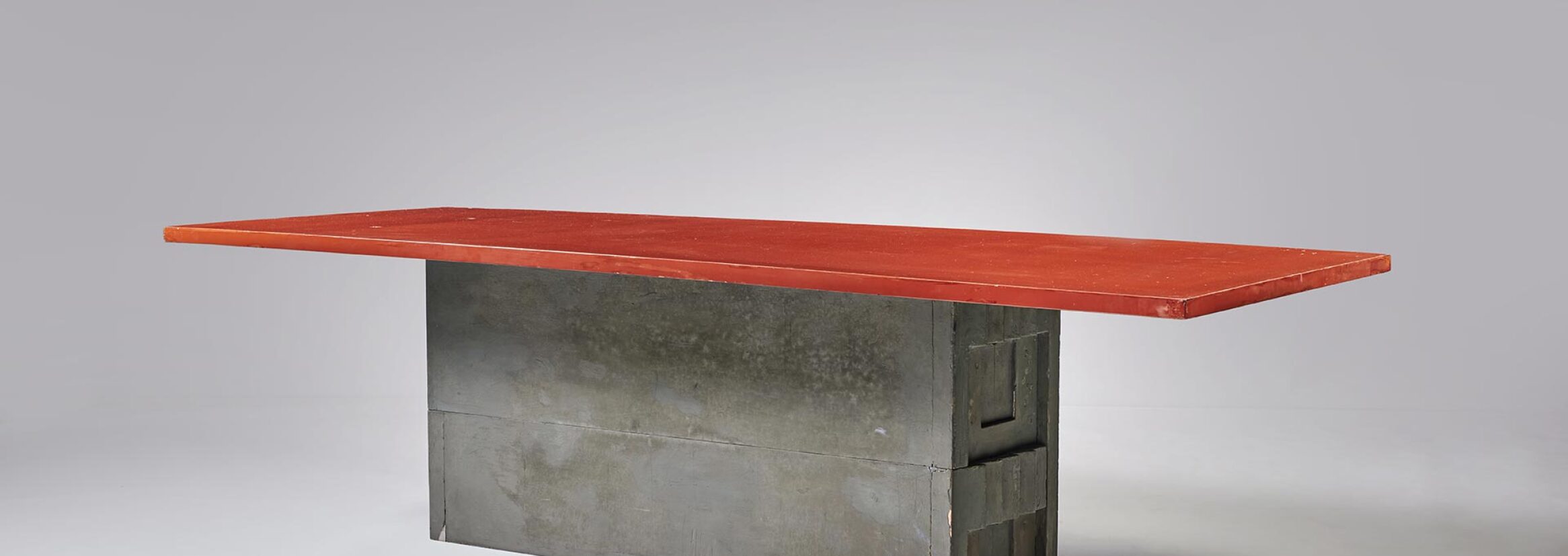“A house is not a machine to live in,” observed the Modernist designer Eileen Gray. Her Paris apartment on Rue Bonaparte in the cultured quarter of Saint-Germain-des-Prés was a testament to this belief. Walking through its rooms, noted one journalist, was like taking “a sojourn into the never-before-seen.” In the interwar years, Gray configured a space that was equal parts home, studio and showroom. She likened the result to a “spiritual emanation.”
Sotheby’s Presents: The Perelman Collection
Ronald O. Perelman, a renowned investor, business visionary and ardent art and design collector, would likely agree with Gray’s sentiment. Perelman is a contemporary echo of the prescient design patrons from a century ago. Over several decades, he has assembled one of the truly great collections of masterpieces of twentieth-century design, a collection that is now being presented at Sotheby’s New York. “Art and design are part of what forms the energy of my home,” says Perelman. “It’s all about the textures, the surfaces, the lines, the history behind the makers and the former owners.” One can imagine Gray applauding.
Largely French, the works in The Perelman Collection date from the early 1910s to the late 1930s and are unified by a Modernist sensibility that Louis Soulard, head of sale for this landmark auction, describes as distinctly “Paris-centric.” The collection presents the gentle face of Modernism, one with a soft geometry and an exquisite understanding of materials.
Two of Gray’s Rue Bonaparte designs are present, including a unique table that for some half a century witnessed the comings and goings of artists and friends who rested their champagne flutes on its Japanese-fashioned red-and-black lacquered top. Other highlights include Eugène Printz’s ornate sideboard punctuated by an extraordinary union of ebony parquetry and copper, while Printz’s Table-Bibliothèque is configured like a giant palmwood puzzle. And two 1920s minimalist stools and a table by Pierre Legrain – masterpieces inspired by the artistic traditions of East Asia and Africa – once appointed the villa of Jeanne Tachard, a patron who, as one critic put it, “arrived in Paris around 1900 with nothing but her golden hands and a very secure sense of taste.”

Soulard explains that The Perelman Collection represents “the very best from makers and artists of this time.” Pieces speak of the variety and innovation of Modernist design: a primordial “Masque aux Serpents” sculpture by Alberto Giacometti; an illuminated Cubist mirror by Pierre Chareau; the avant-garde tables designed by Pierre Legrain for the homes of Jacques Doucet, the fashion designer who bought Les Demoiselles d’Avignon directly from Pablo Picasso.
Often the intricacy of the works is equaled by the substance of the figures from their past. Gray and Doucet are just two of many notable former owners. Others include Pop maestro Andy Warhol, the German couturier Karl Lagerfeld and the restaurateur Michael Chow – all, like Perelman, people whose lives have combined creativity with business acuity and a distinctive vision for their times.
With the Modernists there was often drama beneath the elegance. In this collection, for instance, the majestic elephant sculptures of Rembrandt Bugatti, scion of the motoring dynasty and a master animal sculptor, speak of the artist’s despair when his cherished sitters, the exotic animals of Antwerp Zoo, perished during the First World War.
More motifs from nature can be found in Armand-Albert Rateau’s mirrored vanity table from 1921, a bronze, marble and ivorine masterpiece blooming with ornamental birds, butterflies and flowers. Soulard notes how this “incredible union of materials” sits stylistically between the Orient and the Classical world.

Other works reflect the glamor of the silver screen – after all, this is the furniture of Hollywood’s hey-day, with its sweeping romances and screwball comedies. It’s easy to picture Carol Lombard draped over Jean Dunand’s “Bateau” Daybed; and Eileen Gray’s bench from 1925, crafted out of ébène de Macassar and bird’s-eye maple, unspools like a roll of celluloid film or perhaps the elegant sweep of a car bonnet. The bench was formerly in the collection of the great French automobile designer Jean-Henri Labourdette, a legendary coachbuilder for, among others, Rembrandt Bugatti’s brother, Ettore.
A clarity of concept is another refrain running through The Perelman Collection: a leather-bound “Rodier” Bar Table by Emile-Jacques Ruhlmann has the practical elegance of a gentleman’s cigarette case; while a bookcase by the same maker is as sensible and handsome as a bespoke dovecote. This is luxury précised to an essence of purpose.
Design – that mercurial marriage of material and line – has always beguiled makers and collectors alike: Eileen Gray described it as a way to question existence, Eugène Printz said he wanted his furniture “to be alive” and Emile-Jacques Ruhlmann observed that a designer should “create something that lasts forever.” For the lucky few, like Ronald O. Perelman and the provident buyers of pieces from his collection, the environment created out of this combination of inquiry, liveliness and longevity can simply be called home.


























